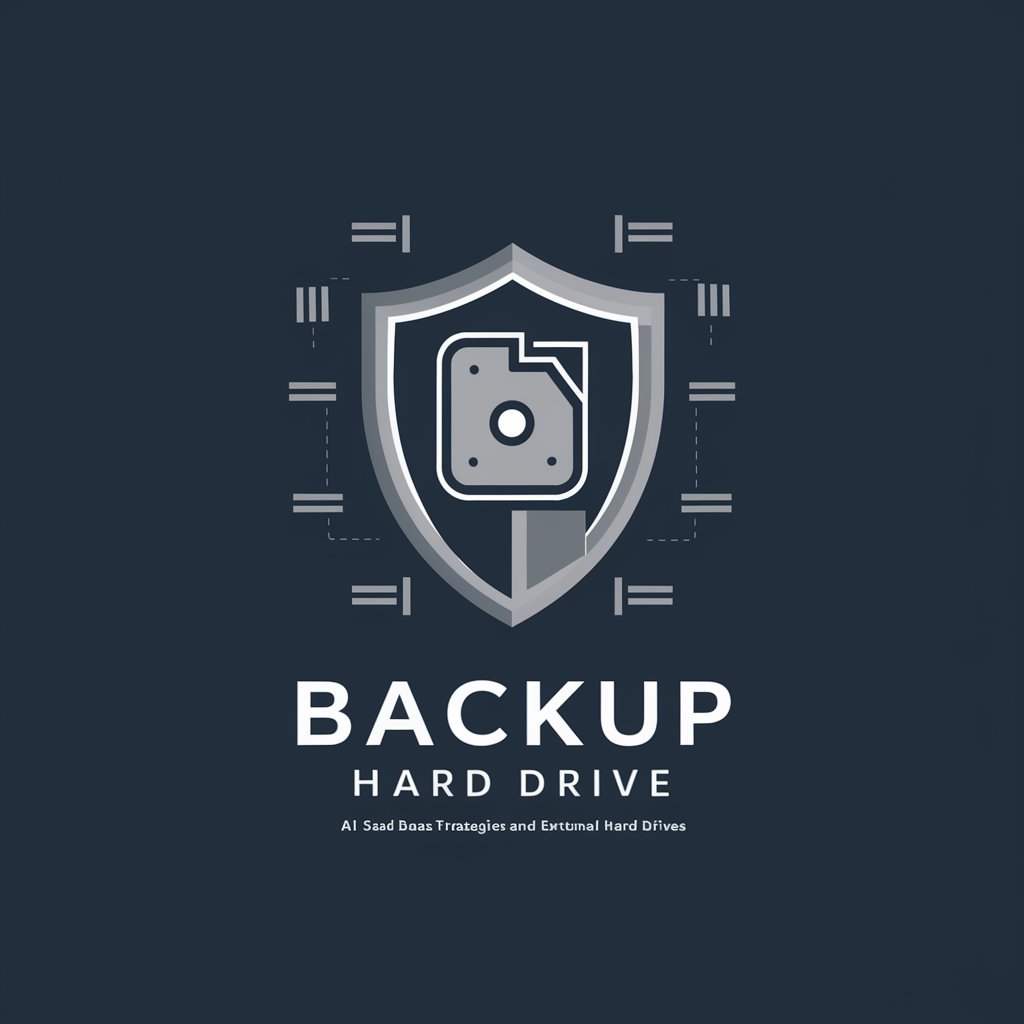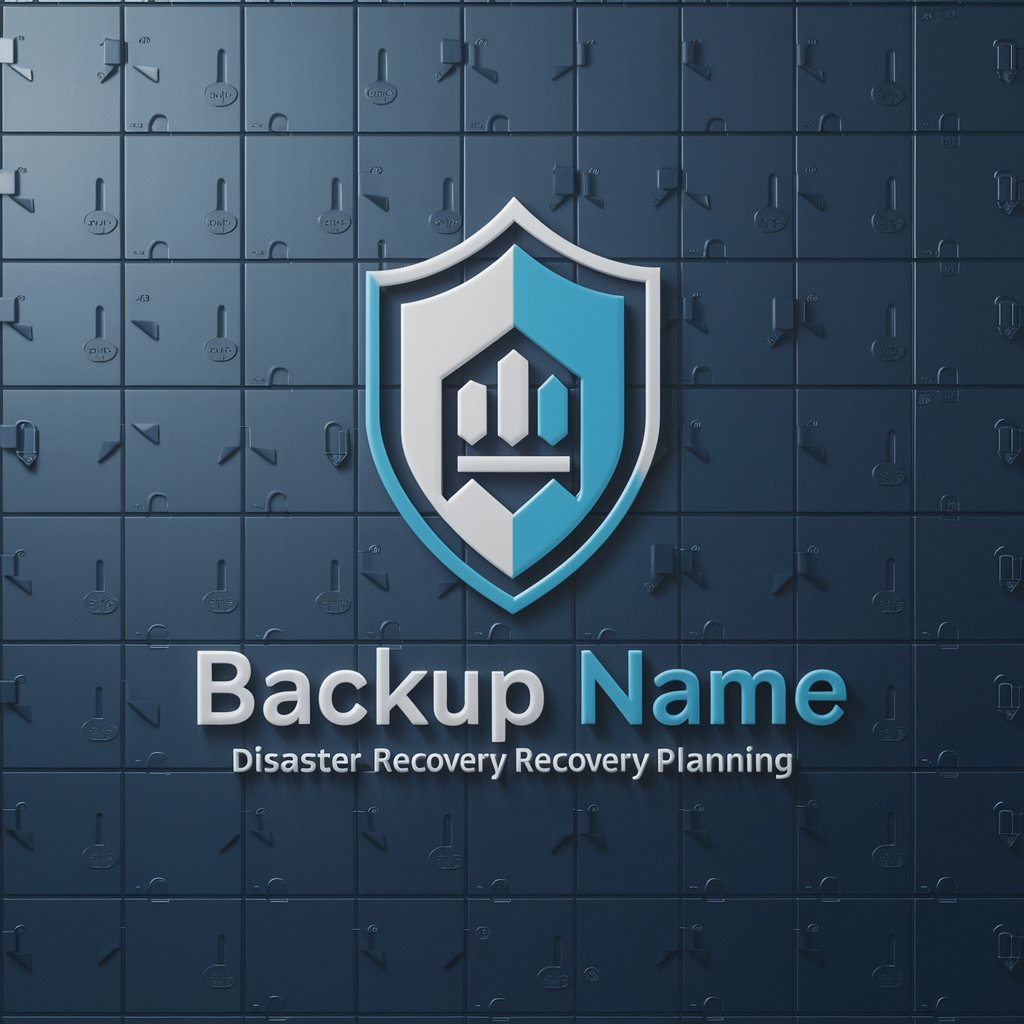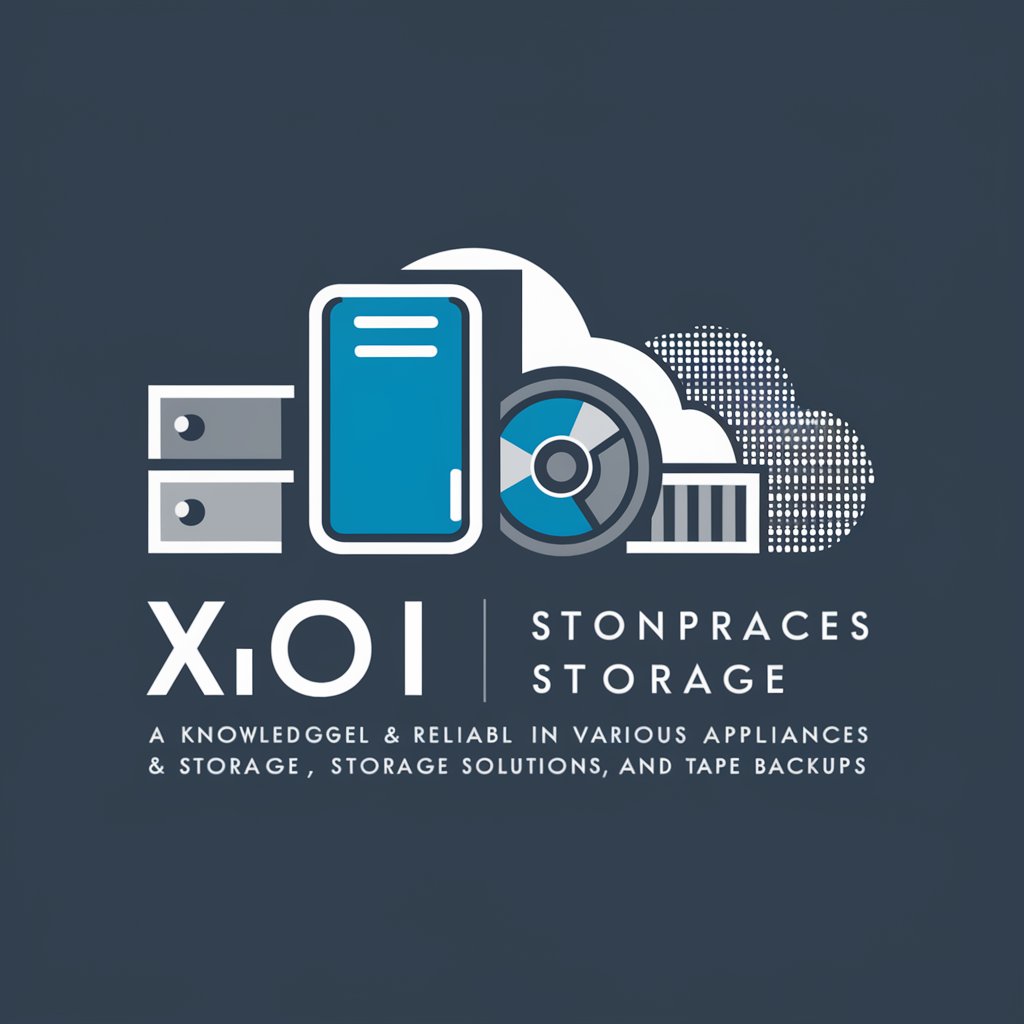
Backup Hard Drive - Backup Guidance, Easy Data Protection

Hello! Ready to secure your data with expert backup strategies?
Secure your data effortlessly with AI-driven backup solutions.
What are the best practices for backing up data on an external hard drive?
Can you explain the different types of external hard drives and their pros and cons?
How do I securely back up my data to an external hard drive?
What steps should I take to ensure my external hard drive backups are reliable?
Get Embed Code
Understanding Backup Hard Drive
Backup Hard Drive is a specialized guidance system designed to provide users with comprehensive advice on creating backups using external hard drives. Its primary role involves educating users on various backup strategies, the types of external hard drives available, and the technical nuances of data backup and recovery. The system is built to offer practical, step-by-step instructions tailored to help users secure their data against loss, corruption, or theft. For example, a user looking to backup their personal computer's data for the first time would receive detailed guidance on selecting an appropriate external hard drive, understanding different backup methodologies (such as incremental backups versus full backups), and executing the backup process effectively. Powered by ChatGPT-4o。

Core Functions of Backup Hard Drive
Educating on Backup Strategies
Example
Explaining the difference between full, incremental, and differential backups.
Scenario
A user unfamiliar with backup terminologies learns how each method works and decides to use incremental backups to save time and storage space.
Guidance on External Hard Drive Selection
Example
Detailing the pros and cons of SSDs versus HDDs for backups.
Scenario
A photographer needs to backup high-volume media files and learns why an HDD might offer a more cost-effective solution for their large storage needs.
Technical Support on Backup Execution
Example
Providing a step-by-step guide on setting up automatic backups on Windows 10.
Scenario
A small business owner sets up regular automatic backups for their company's financial data, ensuring data integrity without manual intervention.
Data Recovery Advice
Example
Instructions on how to restore data from a backup after a data loss incident.
Scenario
After accidentally deleting important documents, a user follows guidance to successfully recover the files from their external backup drive.
Ideal Users of Backup Hard Drive Services
Personal Computer Users
Individuals seeking to protect personal documents, photos, and other irreplaceable data. They benefit from understanding how to regularly backup their data to mitigate the risks of data loss due to hardware failures, accidental deletions, or cyber-attacks.
Small to Medium Business Owners
Businesses with critical data such as customer information, financial records, and proprietary data. They gain from implementing robust backup strategies to prevent significant downtime and data breaches, ensuring business continuity.
Tech Enthusiasts and IT Professionals
Users with advanced technical knowledge interested in optimizing their backup processes and exploring the latest technologies in data storage and recovery. They appreciate in-depth discussions on the efficacy of different backup solutions and best practices in data security.
Creative Professionals
Photographers, videographers, and digital artists who deal with large files and need efficient ways to secure their work. Guidance on choosing the right storage solutions and backup strategies helps protect their portfolio and supports their workflow.

Using Backup Hard Drive: A Guide
Start Free Trial
Initiate your experience by accessing yeschat.ai, offering a complimentary trial without the necessity for login credentials or a ChatGPT Plus subscription.
Select Backup Type
Choose the type of backup you wish to perform: full, incremental, or differential, depending on your specific needs and the volume of data you intend to secure.
Connect External Drive
Ensure your external hard drive is properly connected to your computer using a USB or Thunderbolt port, and verify that it's recognized by your operating system.
Configure Backup Settings
Set up your backup preferences, including file selection, backup schedule, and encryption options for enhanced security.
Initiate Backup Process
Start the backup operation. Monitor the progress and receive a notification upon completion. Regularly test backup integrity and keep your external drive in a secure location.
Try other advanced and practical GPTs
Hard Drive
Unlocking Storage Solutions with AI

گپ با بابانوئل
Bringing Christmas Magic to Your Screen

10K Top G Business Strategist
Empowering Your Social Media Success with AI

Foreign Exchange
Empowering Your Currency Trading with AI

FX
Empowering FX Trading with AI

Correcteur Orthographique FR
AI-powered French writing assistant

Expert on He Jiankui's CRISPR Experiment
Deciphering CRISPR's Ethical Boundaries

TopicMapGPT
AI-powered Content Mapping Simplified

Odicci Quiz Assistant
Empower your content with AI-driven quizzes.

GPT Instruction Genius
Crafting Custom AI with Precision

HM Financial Navigator
Empowering financial clarity with AI

Mentor Coach Hwang
Elevate your coaching with AI-powered insights

FAQs About Backup Hard Drive
What types of external hard drives are best for data backups?
Solid State Drives (SSD) are recommended for their speed and reliability, whereas Hard Disk Drives (HDD) offer more storage at a lower cost. Choose based on your speed and capacity requirements.
How often should I back up my data?
This depends on your data usage. Daily backups are ideal for frequently changed data, while weekly or monthly backups might suffice for less dynamic information.
Can I automate the backup process?
Yes, most backup software supports scheduling features, allowing you to automate backups at regular intervals, ensuring data is consistently protected without manual intervention.
How do I restore data from a backup?
Use your backup software to locate the backup file on your external drive, select the data you wish to restore, and follow the prompts to complete the restoration process.
What are the best practices for securing backup data?
Encrypt your backups, store your external hard drive in a secure, off-site location, and regularly verify backup integrity to ensure data is recoverable.




